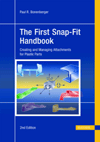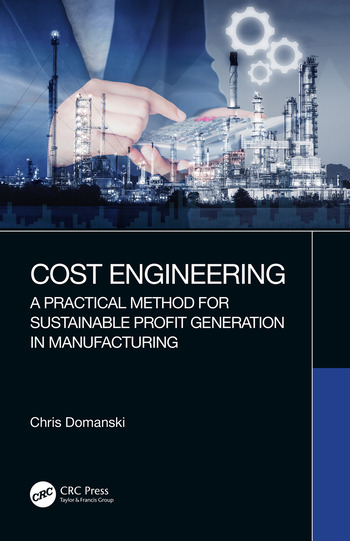Traditionally, metals have been peened by bombarding the material with tiny metal balls, or "shot," to induce a layer of compressive stress at the surface that prevents metal fatigue and reduces corrosion. However, scientists at Lawrence Livermore National Laboratory (LLNL, Livermore, CA) have developed a new way to treat critical aircraft components, such as turbine engine parts. Advanced laser peening produces parts that last longer and reduce costs.
The laser and shock-generation technology treats the surface of metal parts. In the laser peening process, a laser beam generates a 1 million psi pulse on the surface of a metal part. Short bursts of intense laser light create pressure pulses on the metal surface, which generate shock waves that travel into the metal and compress it.
Compressive stress increases the component's resistance to failure mechanisms such as fatigue, fretting fatigue and stress corrosion. Due to the deeper compressive residual stress imparted by the laser peening process, components are more resistant to fatigue stress. That translates into increased component life and reduced maintenance costs.
Laser peening was invented in the 1970s. However, the technology has never been used to produce commercial parts because of its high costs and slow lasers.
Engineers at LLNL developed a neodymium-doped glass laser that produces 1 billion watts of peak power-about the output of a large commercial power plant-in 20-billionth-of-a-second bursts. With 125 watts of average power, the LLNL laser can fire five pulses per second compared with one pulse every 4 seconds for the best commercially available lasers.
The laser allows compressive stress to be imparted to a depth of 0.04-inch beneath the surface, which is four times deeper than conventional shot peening. "This added depth is important as a means of inhibiting crack initiation and propagation," says Lloyd Hackel, leader of LLNL's laser science and technology program and the initial developer of laser peening. "We can surgically apply laser peening and place compressive stress exactly in the areas that are vulnerable to crack propagation, thus strengthening these components.
"This is 21st century technology that will enable engineers to design aircraft parts that are safer, lighter, perform better and are more economical," claims Hackel.
Potential aerospace applications include landing gear, spars, bulkheads and drive gears. Rolls-Royce (London) and one of its suppliers, Metal Improvement Co. (Paramus, NJ), is currently using laser peening to produce critical fan blade components on jet engines.
In the future, laser peening is expected to find applications in other industries. For instance, Hackel says the technology could be used to produce parts for high-performance automobile engines, deep-sea oil drilling equipment, nuclear waste storage containers, and medical devices, such as knee and hip implants.



